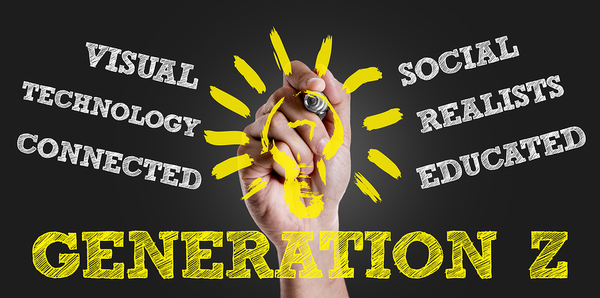Next year, Generation Z—the generation after Millennials—will outnumber Millennials globally for the first time. They’ll not only outnumber Millennials worldwide, but they’ll constitute 32% of the world’s 7.7 billion population in 2019. Millennials, by contrast, will be just 31.5% of the population.
While the birth dates of each generational cohort vary a bit according to what agency is doing the counting, Millennials are generally considered to have been born between 1980 and 2000, while Generation Z was born after 2000.
Will Some Businesses Prosper?
The rise of a new generation has significant implications for business leadership and its planning, of course. New generations hitting the age of 18, for example, are generally good news for, as Bloomberg notes, makers of gadgets, delivery services, and perhaps the gig economy. (New entrants to the workforce have to start somewhere.) Educational institutions, event planners, luxury brands, and sports that appeal primarily to older people, like golf, also have big opportunities and challenges ahead.
So how do you market to Generation Z? In the U.S., marketers believe that they will be an inner-directed generation, prone to look to themselves rather than externally for solutions. They are also, even more than Millennials, digital natives who have never—even as small children—known a computerless world. They are cognizant of the latest technology news.
The Mindset List, an annual compilation of facts about the world as experienced by incoming college freshman, points out that next year’s 18-year-olds have always been able to access Wikipedia to look something up. For that matter, people have always been living in outer space in their lifetimes.
They were also children when the Great Recession of 2008-2009 hit, so they may be prone to consider economic security more than previous generations.

Generation Z are, even more than Millennials, digital natives.
Differences Between Countries
Despite the rise of Generation Z across the globe, Millennials are still the largest age cohort in the U.S., in China, in Japan, and in Germany, the world’s four biggest economies. The total population is slightly under two billion in these countries, and each has 73 Generation Z-ers for every 100 Millennials.
But the proportion varies by country. India, for example, is projected to have 472 million Generation Z-ers in 2019 out of its total 1.3 billion population. It will have 51% more Generation Z-ers than China, whose total population is 1.4 billion, but whose 18-and-under population will total 312 million.
Still, that’s a lot of marketing power for the #2 generational cohort.
There’s an interesting outlook divergence between developed Western economies and the economies of China and India as well. In the latter two countries, 70% of those under 18 years old expect to be happier than Millennials were, and show optimism about both the economic picture and social measures.
In the U.S., the United Kingdom, Canada, and Australia, on the other hand, only 39% of Generation Z expects to be happier than Millennials, and they are considerable less optimistic about their economic and social prospects.
